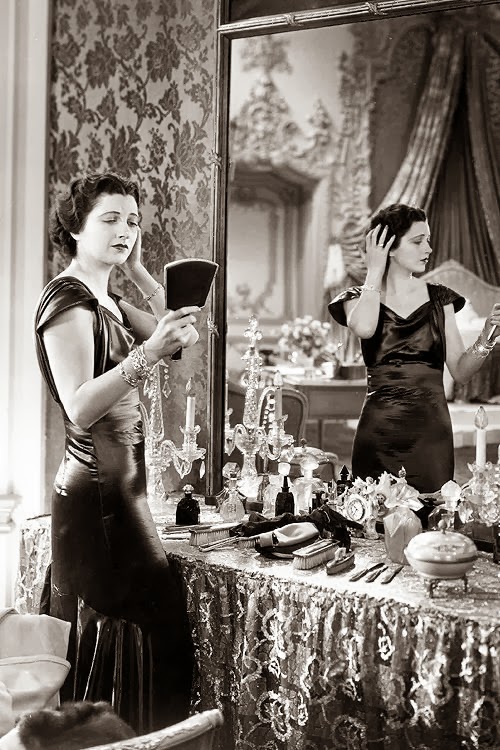In 1956, the Connecticut-based perfumery, House of Hampton, introduced a fragrance called Sharelle, described as the "perfume of enchantment." The name "Sharelle" likely reflects the brand's desire to evoke a sense of mystery, elegance, and femininity. The name itself appears to derive from French origins, possibly inspired by words such as "chérie" (meaning "dear" or "beloved") or "belle" (meaning "beautiful"). Pronounced as "shuh-RELL" in layman’s terms, the name conveys sophistication and allure, making it well-suited to a perfume designed to captivate. The word "Sharelle" conjures images of timeless elegance, romantic evenings, and an enchanting, almost magical quality. It evokes emotions of love, desire, and feminine mystique, appealing to women seeking to express their personal charm and individuality.
The 1950s were a time of transformation and optimism, often referred to as the post-war era or the Golden Age of Consumerism. This period was marked by economic growth, suburban expansion, and a renewed emphasis on glamour and femininity. In fashion, Christian Dior's "New Look" silhouette of cinched waists and full skirts dominated, reflecting a return to luxurious, ultra-feminine styles. Women were influenced by movie stars such as Marilyn Monroe, Grace Kelly, and Audrey Hepburn, who embodied glamour and sophistication. Perfumes during this time became essential accessories, complementing the overall polished and elegant aesthetic of the era.
A perfume like Sharelle, with its sweet, floral, powdery oriental composition and herbal nuance, would have resonated deeply with women of the period. The scent’s romantic and mysterious qualities aligned perfectly with the ideals of grace and allure that women aspired to. The herbal note added a touch of uniqueness, hinting at complexity and intrigue. Women would have viewed Sharelle as a luxurious indulgence, a way to embody the enchanting femininity that was so celebrated at the time. The name itself would have heightened the allure, making the perfume feel like a secret spell bottled for the modern enchantress.














